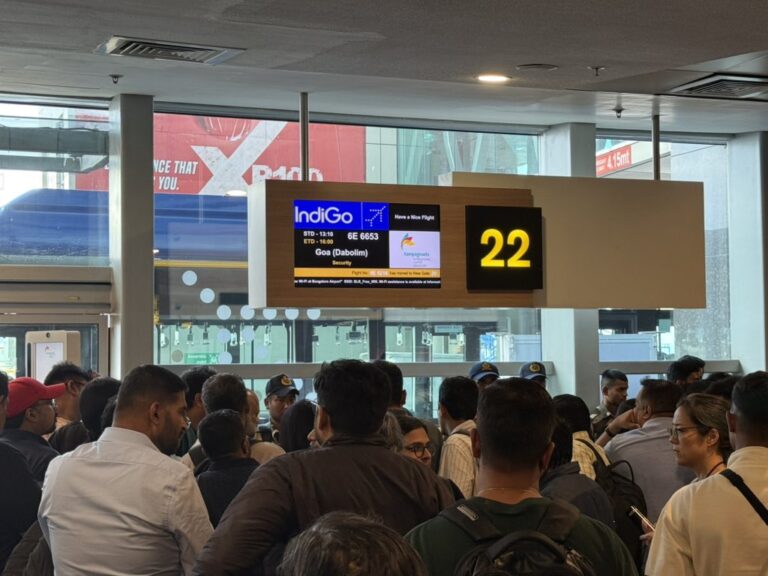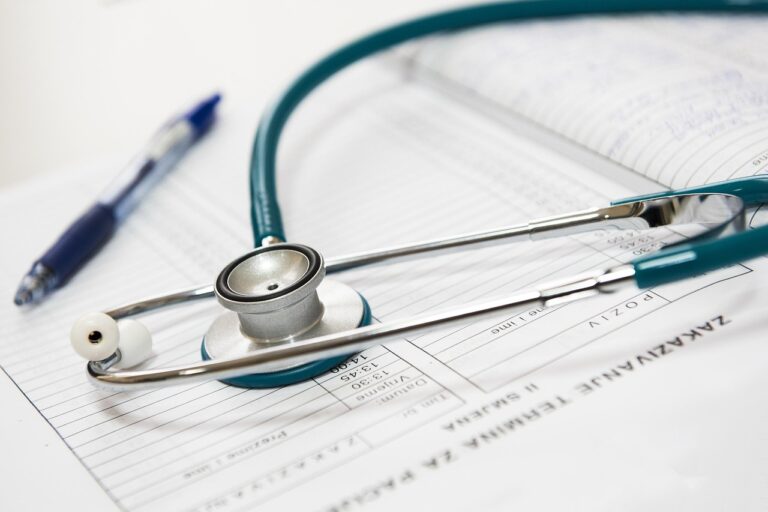
Geneva: On March 27, 2022, the United Kingdom notified the World Health Organization of a cluster of cases with monophasic Salmonella Typhimurium sequence type 34 infection. Investigations linked the outbreak to chocolate produced in Belgium, which has been distributed to at least 113 countries.
A global alert was released by INFOSAN on April 10, 2022, initiating a global product recall. To date, a total of 151 genetically related cases suspected to be linked to the consumption of the implicated chocolate products have been reported from 11 countries. The risk of spread in the WHO European region and globally is assessed as moderate until the information is available on the full recall of the products.
Salmonellosis is a disease caused by nontyphoidal Salmonella bacteria. While approximately 2,500 serotypes have been identified, the majority of human infections are caused by two serotypes of Salmonella: Typhimurium and Enteritidis.
Salmonellosis is characterized by acute onset of fever, abdominal pain, nausea, vomiting, and diarrhoea that can be bloody as reported in most of the cases in the current outbreak. The onset of symptoms typically occurs 6–72 hours after ingestion of food or water contaminated with Salmonella, and the illness lasts 2–7 days. Symptoms of salmonellosis are relatively mild and patients will make a recovery without specific treatment in most cases. However, in some cases, particularly in children and elderly patients, the associated dehydration can become severe and life-threatening.
Outbreak overview
On March 27, 2022, WHO was informed by the IHR National Focal Point of the United Kingdom of Great Britain and Northern Ireland (the United Kingdom) of a widely distributed cluster of Salmonella enterica serovar Typhimurium (S. Typhimurium) with an unidentified source. Molecular typing confirmed the isolation of the bacteria S.
Typhimurium sequence typing (ST) 34 and epidemiological evidence have subsequently linked the outbreak to chocolate products from Belgium, which, as of 25 April 2022, have been found to be distributed to at least 113 countries and territories across all WHO Regions.
Monophasic S. Typhimurium matching the human outbreak cases were identified in buttermilk tanks at the Ferrero Corporate plant in Arlon, Belgium in December 2021 and January 2022. After implementing hygiene measures and negative Salmonella testing, the implicated products (all Kinder products manufactured at the implicated facility (Arlon) including Kinder Surprise, Kinder Mini Eggs, Kinder Surprise Maxi 100g and Kinder Schoko-Bons) were distributed across Europe and globally.
According to the analyses of the United Kingdom Health Security Agency (UKHSA), the outbreak strain is resistant to six types of antibiotics: penicillin, aminoglycosides (streptomycin, spectinomycin, kanamycin, and gentamycin), phenicols, sulfonamides, trimethoprim, tetracyclines.
As of April 25, 2022, a total of 151 genetically related cases of S. Typhimurium suspected to be linked to the consumption of the implicated chocolate products have been reported from 11 countries: Belgium (26 cases), France (25 cases), Germany (10 cases), Ireland (15 cases), Luxembourg (1 case), the Netherlands (2 cases), Norway (1 case), Spain (1 case), Sweden (4 cases), the United Kingdom (65 cases) and the United States of America (1 case).
Geographical distribution of reported Salmonella Typhimurium outbreak cases (n=151) and countries where implicated products have been distributed (n=113), as of April 25, 2022.

Symptom onset dates of cases ranged from 21 December 2021 to 28 March 2022. Children under 10 years of age (n=134; 89%) were disproportionately affected and females represented 66% (n=99) of reported cases. Information on reported symptoms and severity were available for 21 cases, and of these, 12 (57%) reported bloody diarrhoea and nine (43%) were hospitalized. As of April 25, 2022, no fatalities associated with the outbreak have been reported.
Epidemiology of Salmonellosis
Salmonella bacteria are widely distributed in domestic and wild animals, such as poultry, pigs, and cattle; and in pets, including cats, dogs, birds, and reptiles such as turtles. Salmonella can pass through the entire food chain from animal feed, primary production, and all the way to households or food-service establishments and institutions. Salmonellosis in humans is generally contracted through the consumption of contaminated food of animal origin (mainly eggs, meat, poultry, and milk). Person-to-person transmission can also occur through the faecal-oral route.
Public health response
- Food chain investigations were performed by countries where cases were identified and risk management actions were taken, including withdrawal of all product lines produced in the implicated production facility and extensive product recalls, supported by news alerts and advice for consumers.
- The World Health Organization/Food and Agriculture Organization of the United Nations International Food Safety Authorities Network (INFOSAN) issued a global alert on April 10, notifying the Member States of the outbreak and sharing information about implicated products linked to the outbreak to initiate a global recall. The INFOSAN Secretariat provided distribution details and sought information on risk management measures implemented and further distribution of the implicated products from the Member States.
- WHO Member States were encouraged to report through INFOSAN the identification of the distribution of new implicated products not yet reported, and/or the identification of cases possibly linked to the outbreak.
WHO risk assessment
Salmonella infections are typically mild and do not require treatment, however, children and elderly individuals are at greater risk for severe complications related to associated dehydration. To date, most cases have been in children under 10 years of age which may be due to the implicated product being targeted at children.
While there have been no fatalities associated with the outbreak reported as of April 25, 2022, among the cases with information on symptoms and severity (n=21), a high hospitalization rate (43%; n=9) was observed. Further information is needed to allow for a more accurate assessment of the severity associated with this event, including data on symptoms.
The outbreak has been epidemiologically and molecularly linked to chocolate produced in Belgium and distributed globally to over 113 countries and territories across all WHO Regions. While 150 of 151 known cases have been reported in Europe, one case has been reported in the United States of America and there is the likelihood of additional cases being reported from other countries given the broad distribution of the products during the Easter holiday which may lead to increased consumption of the implicated product or transportation of the implicated product to additional locations as a result of holiday-related travel.
Given that the identification of existing cases was through advanced molecular techniques, which are not routinely used in all countries, there is a likelihood that some proportion of cases will go undetected.
The risk of the event spreading within the most affected WHO Region, the WHO European Region, as well as globally is assessed as moderate until the information is available on the full recall of the implicated products. Countries that have reported cases have a good capacity for case management; however, information on disease severity associated with this event is still limited.
WHO advice
Prevention of salmonellosis: Prevention requires control measures at all stages of the food chain, from agricultural production to processing, manufacturing and preparation of foods in both commercial establishments and at home.
General prevention measures for the public also include: handwashing with soap and water in particular after contact with pets or farm animals, or after having been to the toilet; ensuring food is properly cooked; drinking only pasteurized or boiled milk; avoiding ice unless it is made from safe water; washing of fruits and vegetables thoroughly.
WHO recommends the general public follow the information provided by their national governments to get more information about the outbreak and implicated products.
Treatment: Routine antimicrobial therapy is not recommended for mild or moderate cases in healthy individuals. This is because antimicrobials may not completely eliminate the bacteria and may result in resistant strains, which subsequently can lead to the drug becoming ineffective. Treatment in severe cases is electrolyte replacement (to provide electrolytes, such as sodium, potassium and chloride ions, lost through vomiting and diarrhoea) and rehydration.
– global bihari bureau





